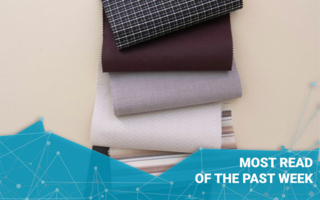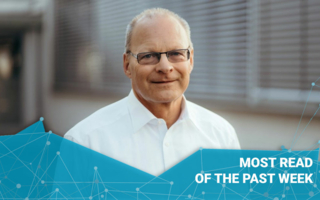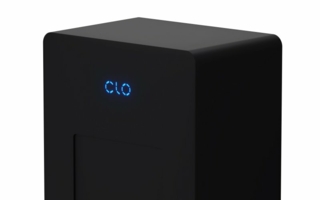13/05/2019 – Texprocess: Assyst — auf Deutsch lesen
The process revolution with 3D
textile network spoke with Dr. Andreas Seidl about the progress of digitalization in the industry and the highlights at the Assyst booth.
Using 3D from the outset – throughout the entire life cycle of a product. This is the vision that Assyst has digitally implemented for the entire fashion process in time for the Texprocess 2019. The 3D innovation process with several scenarios for design, product development and sales heralds the next level of digitalization.
textile network: In your opinion, Dr. Seidl, what has changed since the Texprocess of two years ago? How much has 3D product development transformed the industry since then?
Dr. Andreas Seidl: Things have definitely changed. The demand for 3D has increased significantly, and more and more companies are now realizing the benefits of 3D product development. Many companies start with projects for individual products, because 3D means a massive transition for their employees – only a few employees have experienced working with 3D so far. So the introduction of Vidya is often part of a comprehensive change process in companies that are entering the world of digitalization.
textile network: Why should people visit the Assyst booth?
Dr. Andreas Seidl: We’ll be bundling our comprehensive digitalization know-how in one place at the trade fair, so our visitors will be able to experience the whole process of digitalization live – from the first idea of a garment design to seeing the finished apparel in the store. And for the first time, we’ll be presenting our 3D innovation process, which shows how 3D simulations are used in design, product development and sales – including the ordering process, from the digital showroom right through to the store. This closes digital gaps in today’s process. The benefits of digitalization are now more tangible than ever, because we embed our solutions in various scenarios in the day-to-day work of companies – and visitors to our booth will be able to identify with this.
textile network: Why is 3D so important?
3D accelerates decisions and saves time and money in many processes. If a product exists in 3D, you should continue to use this data consistently and exploit its full potential. 3D has meanwhile arrived in product development – and it’s also being introduced in the stores. This is why Texprocess visitors will see us presenting solutions that go beyond these phases – and we’ll be tackling ordering too. The ordering process today often takes place using only physical samples – and this obviously means lots of travel for personnel, the time-consuming transport of the samples, and very often the lack of a comprehensive and realistic overview of the entire collection. 3D can really make a huge impact here – and Texprocess visitors should definitely catch our show!
Dr. Seidl, thank you for the interview!




